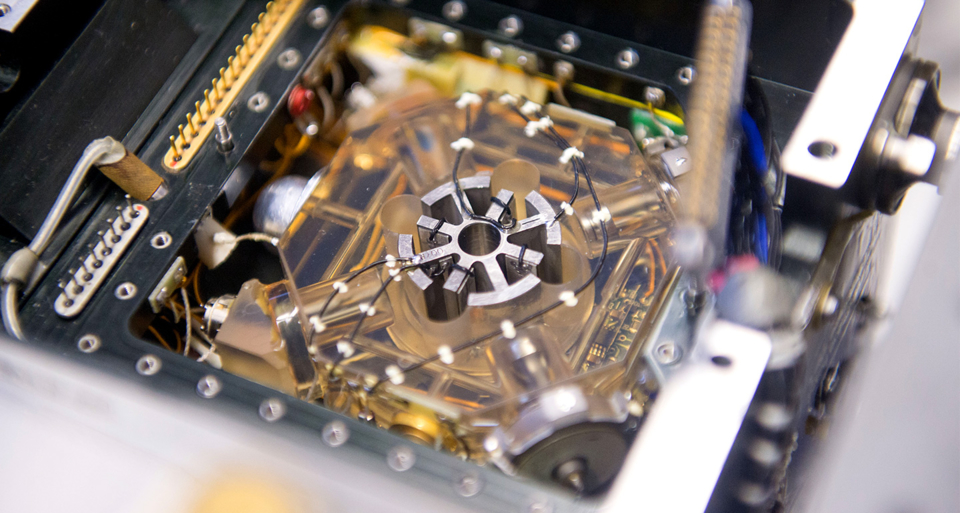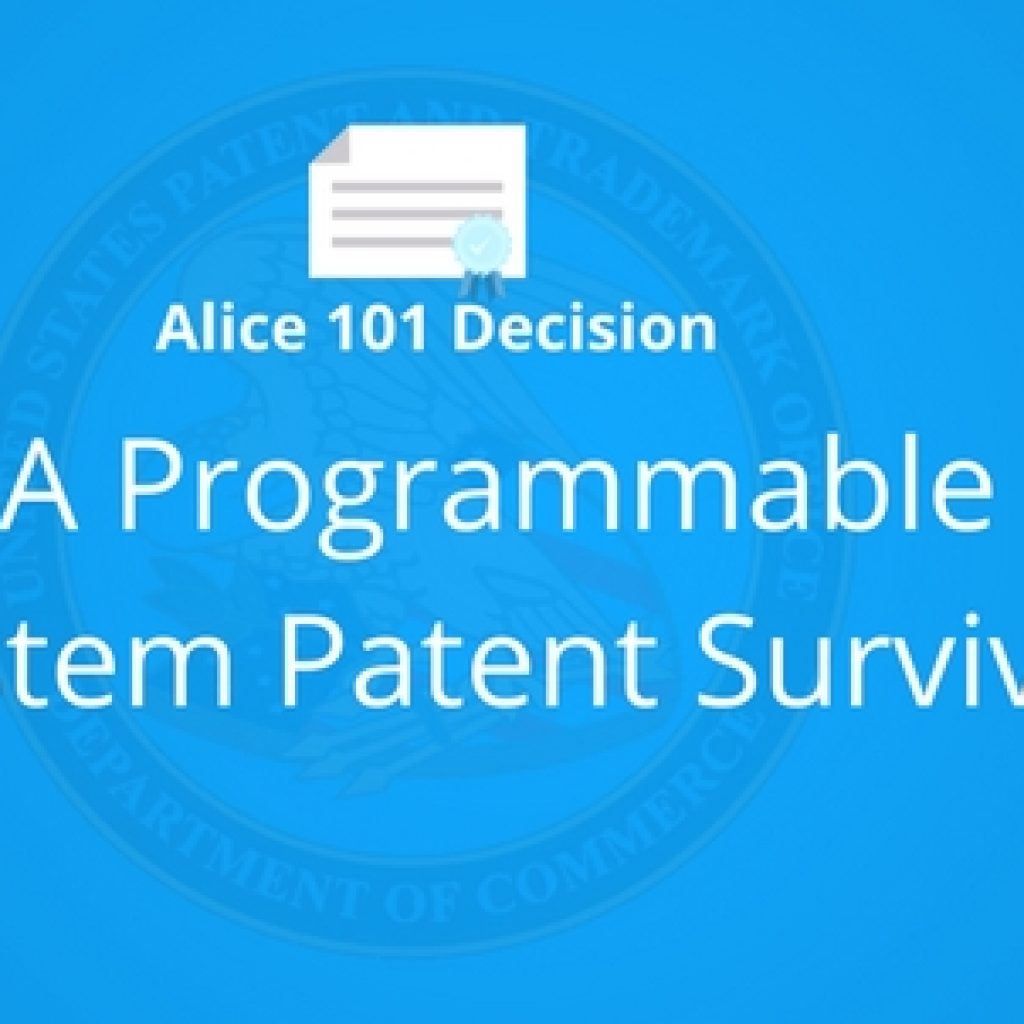In our last post, we discussed the five breakthroughs in the propulsion system. In the current post, we will walk you through four new ground-breaking technologies that will take the air navigation to the next level.
Automatic Landing System that doesn’t use ILS
Airbus patent US8818582 discloses an automatic landing assistance system that doesn’t use ground-based landing assistance systems like an instrument landing system (ILS) or a Microwave landing system (MLS). Instead, the invention utilizes a satellite system for a precise landing approach.
This invention has the power to make ground-based landing assistance systems like ILS a thing of the past. At present, many airports where an ILS is not installed, during fog or when visibility goes down don’t operate. This invention can kill these instances.
Also, this invention could make an automatic landing on every airport possible.
Drone Control System by NASA that Could Lead to Flight Automation
NASA has developed a system that will help drone operators in better tracking and navigation of unmanned aircraft or UAVs. The technology is called Automatic Dependent Surveillance-Broadcast, or ADS-B.
This new technology complies with FAA norms which will enable drones operators to keep UAVs away from the manned aircraft. Also, this system makes the manned aircraft aware of a nearby drone.
NASA, for commercialization of the technology, has entered into a licensing agreement with Vigilant Aerospace.
“We were excited about licensing this technology because we see the potential for these particular inventions to not only make significant contributions to flight safety for both unmanned and manned aircraft but also to be a platform technology for the future of flight automation,” said Kraetti Epperson, founder Vigilant Aerospace.
The Navigation System That Works without GPS and GLONASS
KRET has designed a modern strap-down inertial navigation system called BINS-2015 which can navigate without a GPS or GLONASS. The system automatically determines the location and movement of an aircraft without using satellite, ground communication or external signals.
In Feb 2015, KRET announced that a prototype of BINS-2015 has passed the entire tests and soon it will get installed in Russian aircraft. Apart from Civil aviation, this new technology will find its application in military aviation also where forces can use it to conduct missions without being getting their flight path detected.
An All-Weather Navigation System by Honeywell
Honeywell is offering Airliners a new integrated multi-mode receiver that will help pilots to land on a rainy or foggy day when the visibility is very low. The technology by Honeywell uses a satellite-based navigation system to help make an accurate approach and landing.
Honeywell has announced that its new navigation system will get installed in Airbus A320 and A330 in 2018.
“Honeywell’s latest Integrated Multi-Mode Receiver was designed to help airlines meet current industry navigation mandates and prepare for future capabilities through simple software upgrades,” said John Bolton, President, Air Transport and Regional, Honeywell Aerospace.
In every technological area, we are curious to know what will come next, which technology may turn out to be disruptive, which can change the way how things are currently done. Patent landscape analysis is a great way to know such insights and get to witness the future more closely.
Authored by: Vipin Singh, Research Analyst, Market Research.










